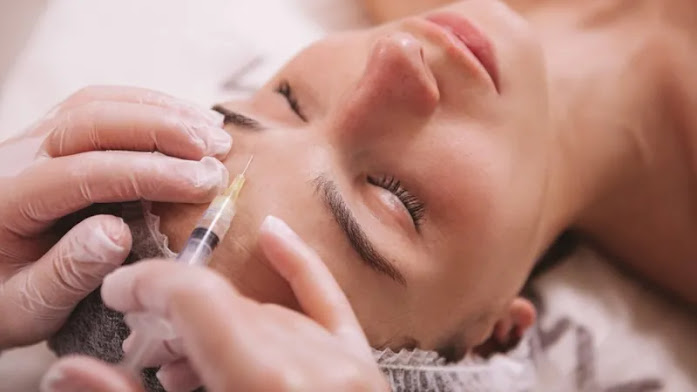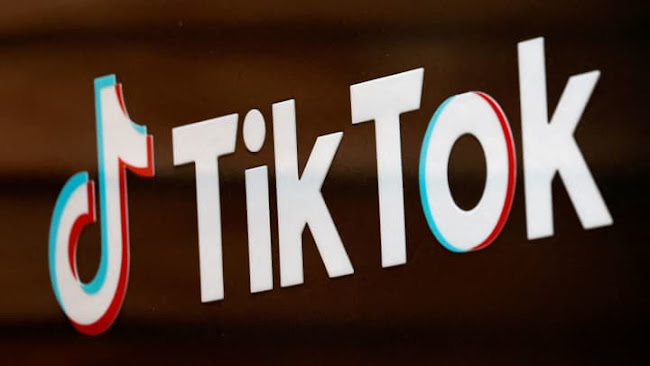The Risks of Vampire Facials: A Cautionary Tale of HIV Transmission
How 'vampire facials' infected three women with HIV
The HIV infections are believed to be the first linked to a cosmetic procedure in the US
Introduction:
In the pursuit of eternal youth, individuals often turn to various cosmetic treatments, with "vampire facials" emerging as a popular option in recent years. However, a troubling incident in New Mexico has cast a shadow over this trend, as three women contracted HIV following vampire facial procedures at a local spa. This article delves into the details of the incident, explores the broader implications for the cosmetic industry, and discusses potential avenues for enhancing safety measures.
Background:
Vampire facials, also known as platelet-rich plasma (PRP) therapy, involve drawing blood from the patient, isolating the plasma, and then reintroducing it into the face via injections. Proponents of this procedure tout its ability to rejuvenate the skin, minimize wrinkles, and stimulate collagen production. Despite its growing popularity, vampire facials are not without risks, including infection, bruising, and allergic reactions.
The Incident:
The alarming case unfolded in 2018 when a spa in Albuquerque offered vampire facials using a kit purchased from a third-party supplier. Subsequently, three women who underwent the treatment at the spa tested positive for HIV. An investigation by health officials revealed that the spa had failed to adhere to proper sterilization protocols, resulting in the contamination of the equipment used for the vampire facials.
Investigation and Legal Proceedings:
Prompted by the concerning findings, the New Mexico Department of Health launched a thorough investigation into the incident. Through genetic sequencing, they were able to trace the HIV strain detected in the affected women back to a common source, confirming the link to the vampire facial procedures. In response, health authorities urged individuals who received vampire facials at the implicated spa to undergo testing for HIV and other bloodborne infections. Meanwhile, the spa's owner faced legal repercussions, including allegations of negligence and operating without a license.
Public Health Concerns:
The case of HIV transmission through vampire facials has raised significant public health concerns, prompting scrutiny of safety practices within the cosmetic industry. While vampire facials, when performed correctly, pose minimal risk of infection, this incident underscores the potential consequences of lapses in hygiene and sterilization. It serves as a sobering reminder of the importance of stringent safety measures in all cosmetic procedures, regardless of their popularity or perceived efficacy.
Expert Opinions:
Health experts have weighed in on the incident, emphasizing the critical importance of maintaining strict hygiene standards in cosmetic settings. Dr. Dean Bair, an infectious disease specialist, underscored the need for thorough sterilization procedures and proper training of practitioners. He cautioned against seeking treatments at facilities that do not prioritize patient safety and recommended thorough research into providers' credentials and practices before undergoing any cosmetic procedure. Other experts echoed these sentiments, stressing the need for greater oversight and accountability within the beauty industry.
Implications:
The incident has far-reaching implications for both consumers and practitioners in the cosmetic industry. It highlights the need for standardized safety protocols and regulatory oversight to prevent similar incidents in the future. As the popularity of vampire facials and other cosmetic procedures continues to grow, policymakers may consider implementing stricter regulations to safeguard the well-being of consumers. Additionally, the case serves as a wake-up call for practitioners to prioritize safety over trends and aesthetics, ensuring that their practices adhere to the highest standards of hygiene and infection control.
Future Developments:
In response to the incident, regulatory agencies may propose new guidelines or requirements for providers offering cosmetic procedures such as vampire facials. Increased public awareness of the risks associated with these treatments may lead to greater demand for accountability and transparency within the beauty industry. Furthermore, ongoing research into safer alternatives and advanced sterilization techniques could help mitigate the risks of infection in cosmetic procedures. Ultimately, the incident underscores the need for continuous vigilance and education to protect consumers and uphold safety standards in the ever-evolving landscape of cosmetic enhancements.
Conclusion:
The case of three women contracting HIV after receiving vampire facials serves as a stark reminder of the potential risks associated with cosmetic procedures and the paramount importance of prioritizing safety and hygiene. As the cosmetic industry continues to evolve, it is imperative that regulatory agencies, practitioners, and consumers work together to ensure that treatments are conducted safely and responsibly. By learning from incidents like this and implementing stricter standards, we can mitigate the risks and uphold the integrity of the cosmetic industry while prioritizing the well-being of those seeking aesthetic enhancements.
Disclaimer:
The summary provided above is a condensed version of the article titled "How 'vampire facials' infected three women with HIV," published by BBC News. While efforts have been made to accurately represent the main points and key details of the original article, readers are encouraged to refer to the full article for a comprehensive understanding of the topic. The summary is intended to provide general information and does not constitute professional advice or endorsement of any particular viewpoint. The original news article can be accessed via the following link: How 'vampire facials' infected three women with HIV


.jpeg)



Comments
Post a Comment